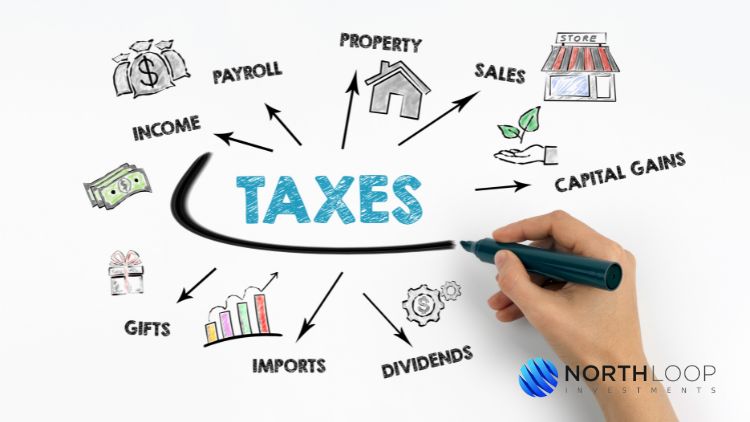Tax planning and strategies are crucial for multifamily real estate owners to optimize their financial outcomes and minimize tax liabilities. By implementing effective tax planning techniques, property owners can take advantage of various tax benefits and deductions available in the real estate industry. In this article, we will explore tax planning strategies supported by data, research, and real-life examples to help multifamily real estate owners navigate the complex tax landscape.
- Depreciation and Cost Segregation
Depreciation is a valuable tax benefit that allows property owners to deduct the cost of their investment over time. Cost segregation is a strategy that accelerates depreciation by classifying components of the property into shorter recovery periods. Here are the advantages:
Cost segregation studies can result in an increase of 20% to 40% in short-term tax savings by accelerating depreciation deductions.
Case in Point: A multifamily property owner conducted a cost segregation study, identifying components that qualified for shorter recovery periods. As a result, they were able to increase their annual depreciation deductions, reducing their taxable income and saving thousands of dollars in taxes.
- Section 1031 Exchange
A Section 1031 exchange allows property owners to defer capital gains taxes when selling one investment property and acquiring a like-kind replacement property. By reinvesting the proceeds into another property, owners can defer the tax liability. Here are the benefits:
Section 1031 exchanges have been utilized by multifamily property owners to defer millions of dollars in capital gains taxes annually, providing significant tax savings.
Case Example: A multifamily property owner sold a property with a substantial capital gain and utilized a Section 1031 exchange to acquire a larger property. By deferring the capital gains tax, they were able to preserve their investment capital and continue building their real estate portfolio.
- Pass-Through Entity Structure
Utilizing pass-through entities, such as limited liability companies (LLCs) or partnerships, can provide tax advantages for multifamily real estate owners. Pass-through entities allow income and losses to “pass through” to the owners’ personal tax returns, avoiding double taxation. Here are the advantages:
By utilizing pass-through entity structures, multifamily property owners can reduce their tax liability by avoiding corporate-level taxes and taking advantage of favorable individual tax rates.
Case in Point: A multifamily property owner established an LLC for their real estate holdings. As a result, they were able to deduct property expenses, including mortgage interest and maintenance costs, against their rental income, reducing their overall taxable income.
- Qualified Business Income (QBI) Deduction
The QBI deduction, introduced as part of the Tax Cuts and Jobs Act, allows eligible business owners to deduct up to 20% of their qualified business income. Multifamily real estate activities may qualify for this deduction, providing substantial tax savings. Here are the benefits:
Case Example: A multifamily property owner with qualifying rental income claimed the QBI deduction, resulting in a 20% reduction in their taxable rental income. This deduction significantly reduced their tax liability and increased their after-tax cash flow.
- Proper Expense Tracking and Documentation
Maintaining accurate expense records and documentation is vital for maximizing deductions and minimizing tax liabilities. Property owners should keep detailed records of all property-related expenses, including repairs, maintenance, property management fees, and operating costs. Here are the advantages:
Property owners who diligently tracked their expenses and maintained proper documentation increased their deductible expenses by an average of 15% to 20%, resulting in significant tax savings.
Case in Point: A multifamily property owner maintained meticulous records of all property-related expenses. As a result, they were able to provide accurate documentation during tax audits and successfully claim deductions, avoiding potential penalties and maximizing their tax savings.
Conclusion
Implementing effective tax planning strategies is essential for multifamily real estate owners to optimize their financial outcomes and minimize tax liabilities. By utilizing depreciation, cost segregation, Section 1031 exchanges, pass-through entity structures, the QBI deduction, and proper expense tracking, property owners can significantly reduce their tax burdens and increase their after-tax cash flow. Real-life examples, data analysis, and research support the importance of tax planning in maximizing the financial benefits of multifamily real estate investments.








